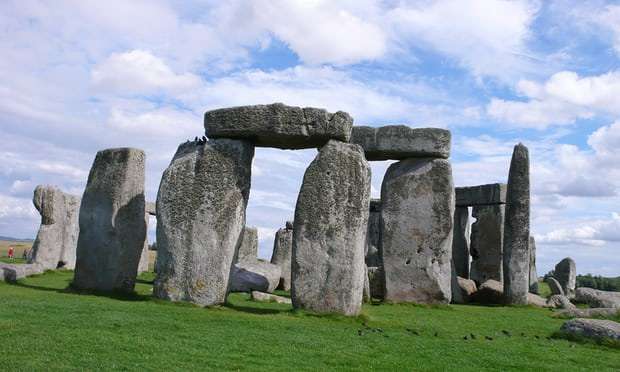Published in Scientific Advances, the study looks at 131 samples of Neolithic pigs, including jaws and tooth samples, and found that the isotopes provide clues on where the animals originated from.
"This analysis reveals wide-ranging origins across Britain, with few pigs raised locally," the study's abstract reads. "This finding demonstrates great investment of effort in transporting pigs raised elsewhere over vast distances to supply feasts and evidences the very first phase of pan-British connectivity."
The researchers were able to determine that some of the animals came from places like Scotland, west Wales and different parts of England, in what researchers described as a "staggering range" of locales. "All of these areas of origin represent monumental distances for livestock, especially pigs, to be moved in prehistory," the study adds.
Given that the pigs came from all over, it's likely that people also came from these areas to Stonehenge, the study's lead researcher, Richard Madgwick, told Live Science, but more work is needed to be done.
"Unquestionably, the biggest risk in this study was, 'Are pigs a good proxy?'" Madgwick told the news outlet. "Because pigs are not good for moving. Ask any pig farmer and they will tell you that even moving a pig a couple hundred yards is a challenge."
Stonehenge continues to be a source of fascination for researchers. Last month, researchers found the quarry where the stones originated from is approximately 180 miles away, in Pembrokeshire, in the western part of Wales.
"Every other Neolithic monument in Europe was built of megaliths brought from no more than 10 miles away," said Mike Parker Pearson, archaeology professor at the University College London, in a statement.
"We're now looking to find out just what was so special about the Preseli hills 5,000 years ago, and whether there were any important stone circles here, built before the bluestones were moved to Stonehenge."
Another study suggested that Stonehenge, along with other rock structures across Europe, may have been influenced by prehistoric sailors. The research theorized that these megalith structures have been around for nearly 7,000 years and may have originated in northwestern France.
More about: #Stonehenge
















































